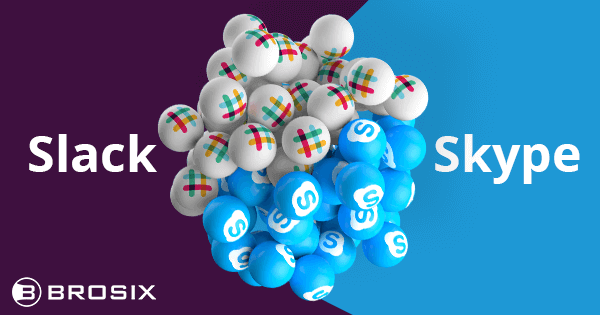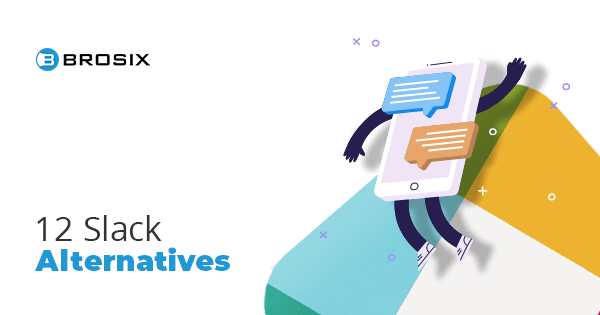
Using Emojis at Work? Consider These Tips First.
If you’ve spent any amount of time communicating digitally – whether by email, instant messaging, or via social media platforms – you’ve no doubt run into emojis. You’ve probably even used them at some point. You know, those little yellow smileys with endless variations – eyes open or shut, winking, some showing teeth and some not, others laughing or crying from laughter, some teasing with a provocative tongue; while an equal number of variants display sadness, surprise, anger, irritation, and so on. There are even emojis for animals, nature, food, weather, and the list goes on.
With new ones debuting alongside each software or OS update, emojis are a great way to spice up your communication style. For instance, they:
- Add a personal touch to your digital communication
- Give you the opportunity to better express yourself and a range of emotions
- Make your communication a bit less rigid
Among millennials and younger generations, Emojis are heavily used in communication. But with these demographics beginning to account for a larger percentage of the workforce, and with email and instant messaging having become the dominant mediums of internal communication in the workplace, it begs the question: Are emojis acceptable at work?
While they may be all the rage at the moment, there are still several factors worth considering before incorporating emojis into your business communication. Consider first:
Table of Contents
Your Audience
![]()
It should go without saying that your recipients are key when considering not only the medium of correspondence, but your tone, formality, and especially emoji use.
If your workplace is more casual – think tech startups – emojis are likely more acceptable. But in corporate environments, or in communication with superiors, executives, clients, and customers, emojis can come across as childish or simply inappropriate. Consider your demographic as well. Older people may be unfamiliar with emojis, leading to confusion or misinterpretation.
A good rule of thumb to keep in mind is Mirroring. Try to replicate the style of the individual(s) with whom you’re communicating. If you notice they’re not using emojis, or using them sparingly, it’s probably best to follow suit.
The First Impression
When sending an introductory message – to a boss, superior or subordinate, new colleague, or prospective client – whether by email or IM, avoid using emojis. You need not only to get to know the person, but their style of communication, as well. An emoji right off the bat could harm your chances of being taken seriously and, consequently, hinder the trust and respect you need to gain for the relationship to flourish.
The Nature of the Communication
Once the relationship is on solid ground you can more effectively gauge whether or not an occasional emoji is appropriate.
For correspondences where the focus is strictly informative, it’s probably best to remain professional and authoritative. This holds true for both email and IM, as well as group and one-to-one communication. It’s also where mirroring comes in handy. By mirroring the other party’s communication, you’ll know pretty quickly how formal they are. For example, communication which lacks small talk regarding inter-office dynamics or inquiries into your personal life probably shouldn’t be dominated by little yellow smiley faces.
![]()
If you swear by emojis, though, give it some time. As the relationship progresses, or if you’re on a first-name basis with each other, you may find the odd emoji here and there is acceptable.
Interpretation Is Subjective
Just because an emoji seems appropriate to you, doesn’t necessarily mean your audience will view it that way as there are no universal ground rules on what each emoji represents.
For instance, let’s say a coworker shares a joke with you. You may respond with a crying emoji to show that you’re crying from laughter. Your coworker, on the other hand, may think you’re upset and wonder whether an apology is in order. Moreover, if you’re sending an emoji to someone using a different device or operating system, that emoji may appear differently to them, possibly leading to a breakdown in communication.
You May Seem Less Competent
According to a study published in Social Psychological and Personality Science, using emojis doesn’t make you seem warmer or more friendly and, in fact, can make you appear incompetent. Emojis are still a relatively new phenomenon and, despite their popularity among youth and millennials, older recipients expect more traditional correspondence. In addition, overusing them in your workplace emails or instant messages could annoy your coworkers, making them less likely to share information with you.
Got It. So When Should I Use an Emoji?
So you’ve considered all the factors associated with emoji use at work, but now what? Well, Emojis DO have a place – even in your internal enterprise communication.
Business instant messaging is fast becoming the predominant medium for workplace communication. And IM’s focus on disseminating small amounts of information directly to the recipient, as well as getting a response as quickly as possible, means that emojis can actually be hugely effective and efficient.
If you’ve got a new member on the team, a simple emoji can go a long way toward making them feel more welcome and at ease. A thumbs up, on the other hand, can act as confirmation that a message has been received and understood. Or maybe your team’s racing to submit a budget report or finish a crucial sales pitch. An emoji could help diffuse a tense or stressful situation. And in a chat room setting, even one with coworkers, you’ll probably find that the odd emoji isn’t just acceptable. It’s fairly standard practice.
All things considered, keep the aforementioned rules in mind – pay attention to the emojis you’re using, who you’re using them with, how much you’re using them, and always wait to use them until you have a feel for the tone and formality of the conversation.




